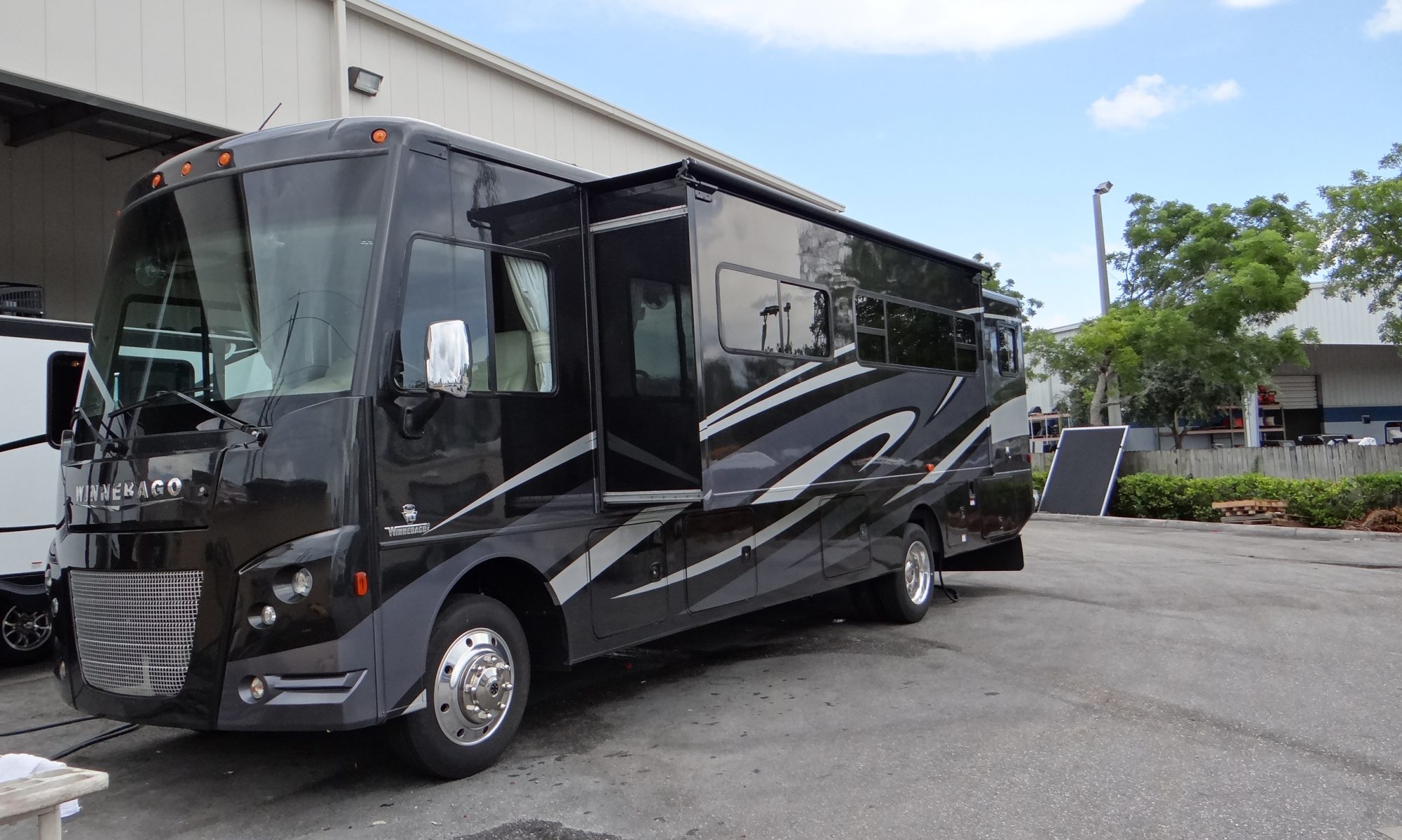I had booked this site in complete ignorance that Forks was the setting for the Twilight books by Stephenie Meyer which were later turned into the Twilight films. Luckily we did not see any vampires!! Of course our children thought it was a huge joke that the “parentals” didn’t realise the significance of Forks!!
To be honest we booked this site to give ourselves a bit of a rest after the guided tours of Bend and Portland (thank you Judy and Susan!!), as we looked at the guide books and it appeared that they were not many touristy things to do. That shows that you should never trust guide books as they might be coming from a different perspective from you. They were right about Forks itself as apart from a good Fabric/Quilting shop and a rather run down timber museum there was very little to recommend it. The people were friendly and the supermarkets were fine so that was all we needed.
The site we stayed at Riverview RV Park was really excellent. Good sites, not too busy, and really friendly owners.

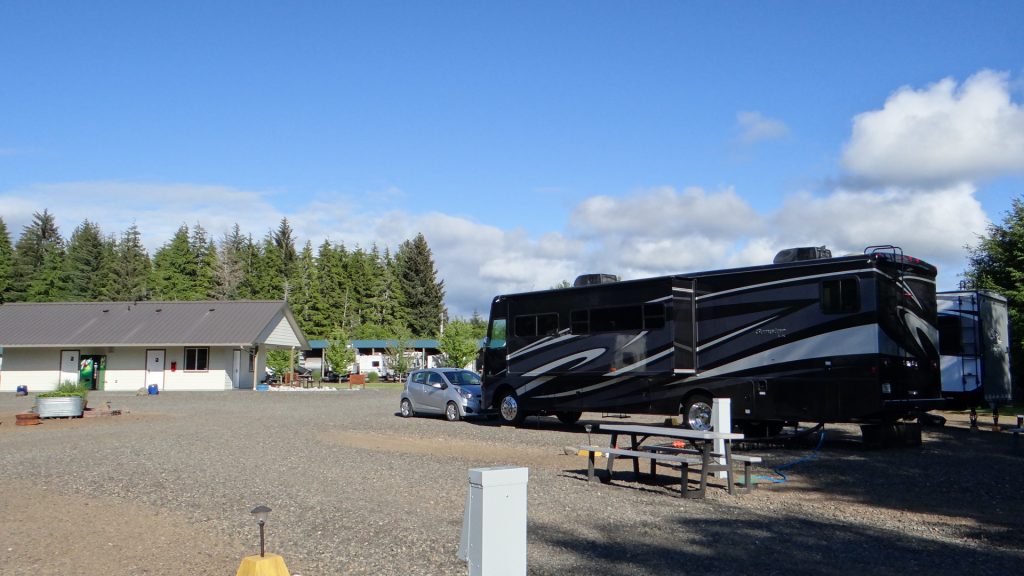
After a couple of days of doing nothing (bliss) we set off to take a look at a local seaport called La Plush. Amazingly pretty place, rather like a Cornish crabbing village but on a larger scale as you will see. Loads of wildlife including bald eagles and seals, plus a crab fishing fleet and numerous sport fishermen catching cod and halibut.


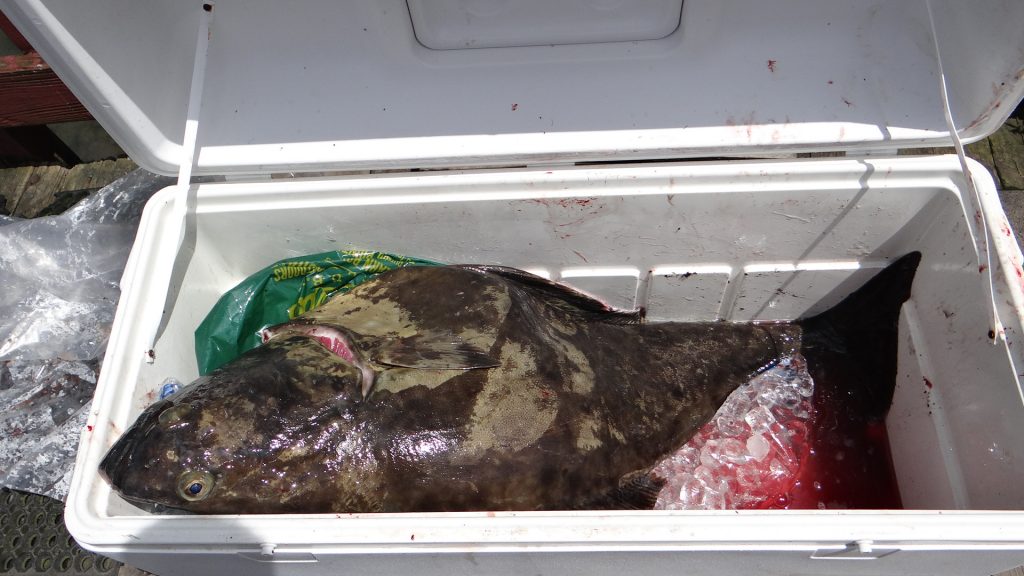


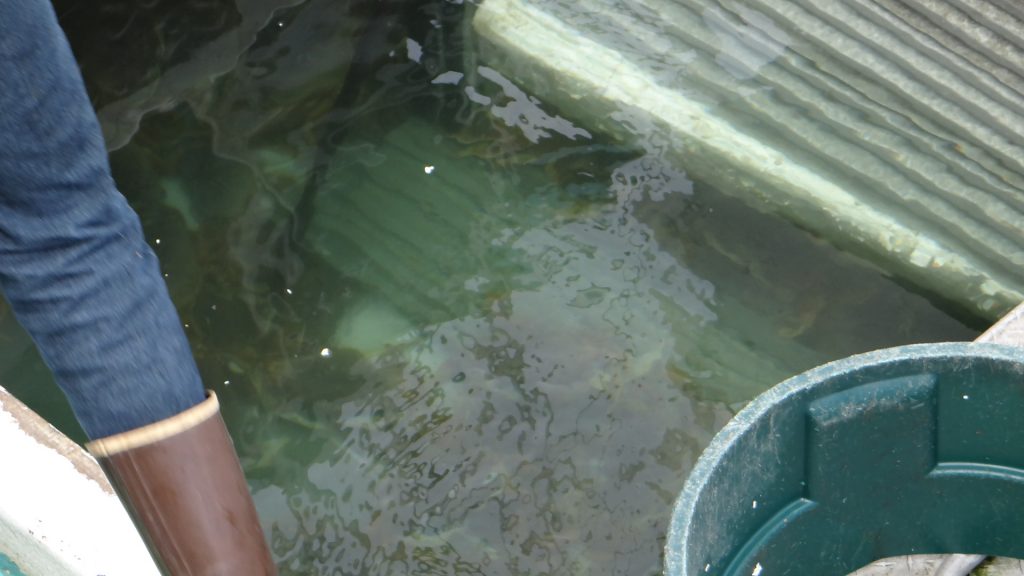
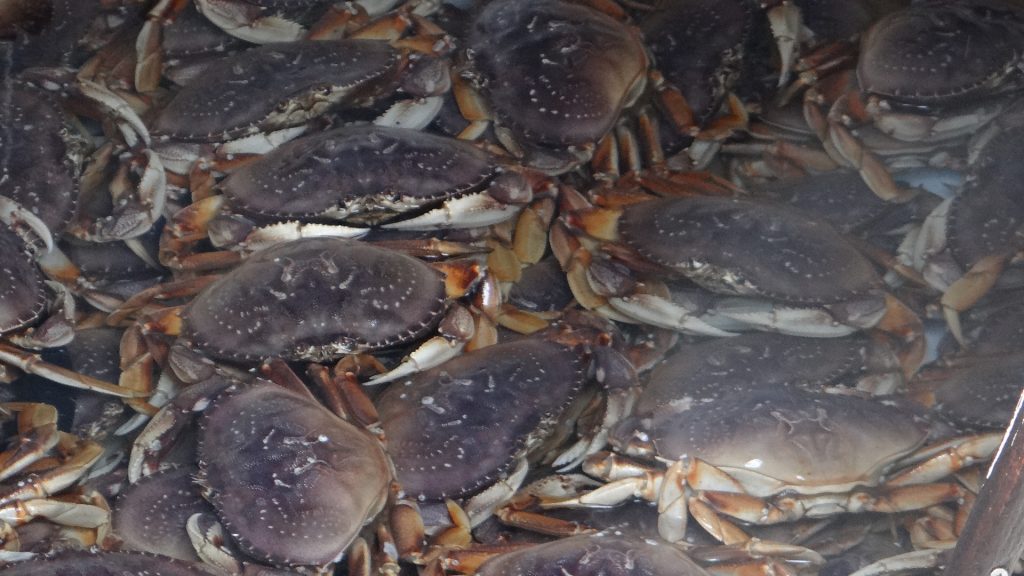


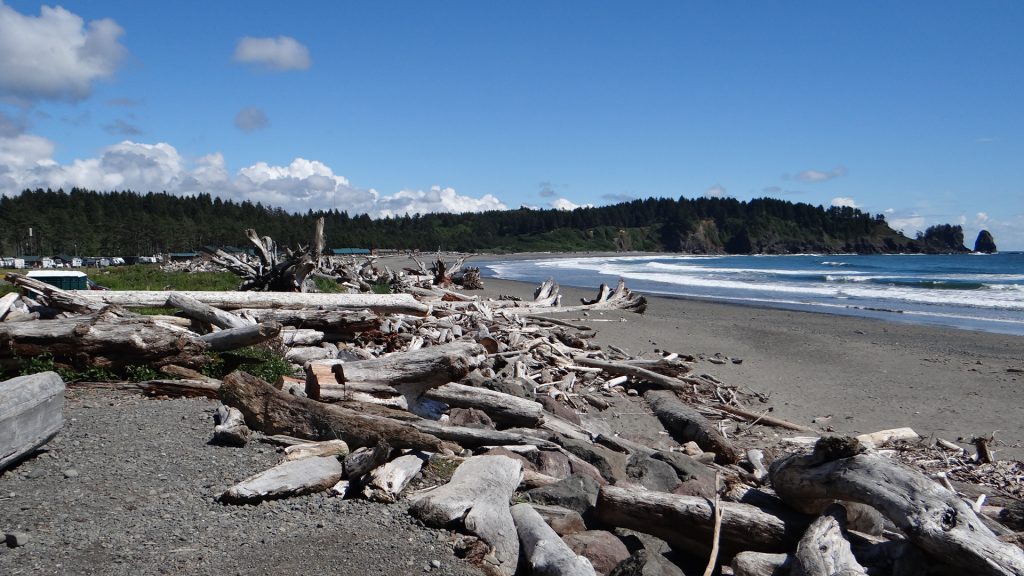


A beautiful place made even more beautiful by the discovery of Rialto beach which is reached by driving down the road on the other side of the Quillayute River that runs into the port.

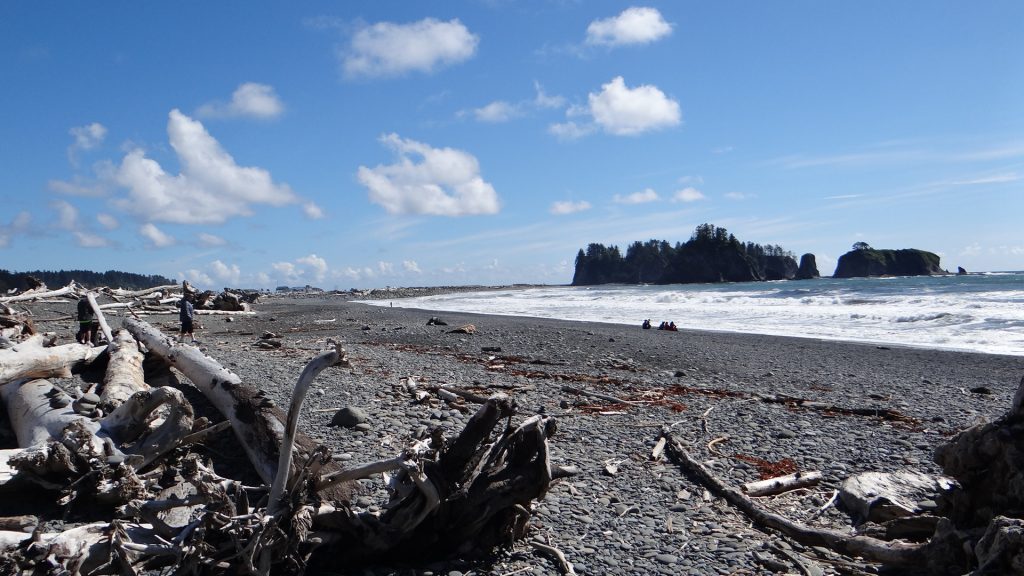

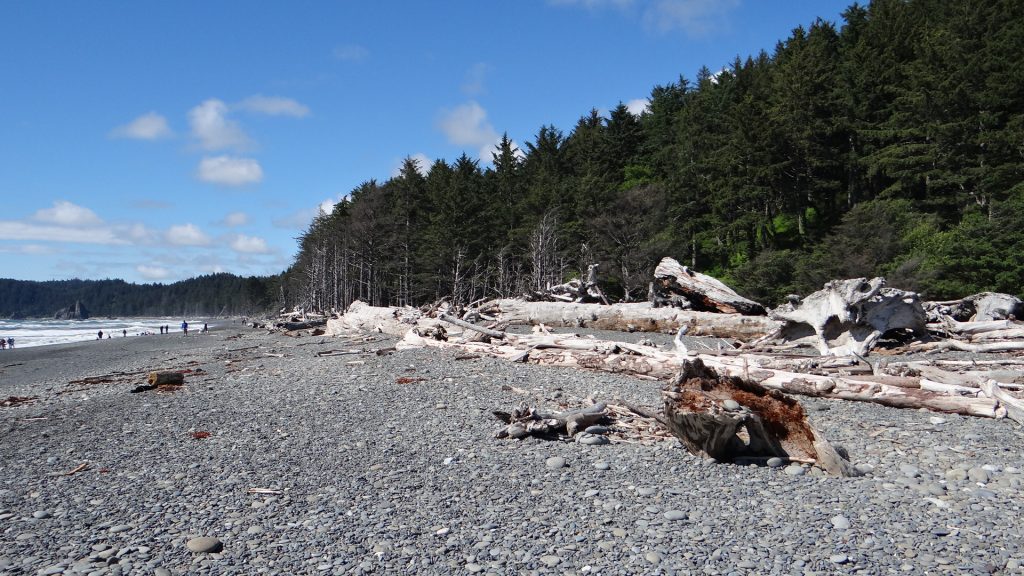
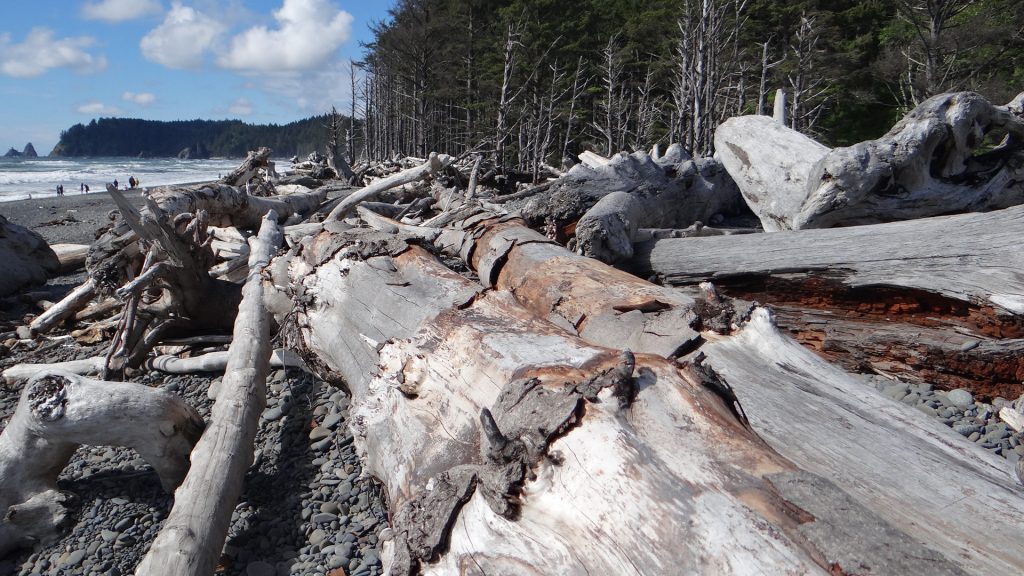
This beach is one of those places that takes your breath away and makes you sit back and just enjoy your surroundings, and it wasn’t even mentioned in the guide book!!
The next place we found was the Makah Cultural and Research Center at Neah Bay, which is on the Makah Indian Reservation right at the top left hand corner of Washington State. To get there you drive along RT 112 which winds along the northern coast of Washington State. Across the Strait of Juan de Fuca is Vancouver Island, our first sighting of Canada.
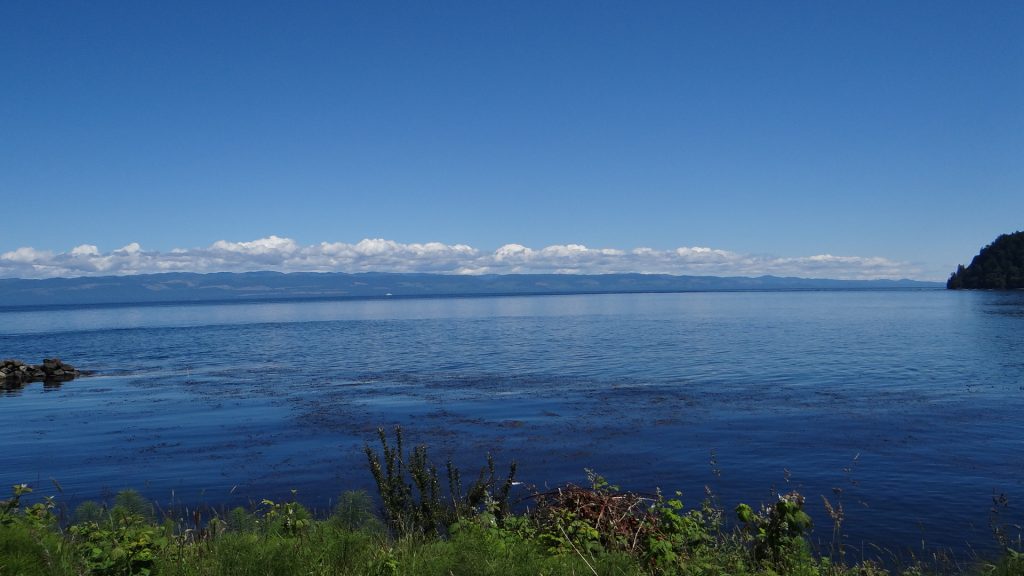
The road itself was really interesting as it was right on the edge of the coast and in some cases they had carved the cliffs out to accommodate it.

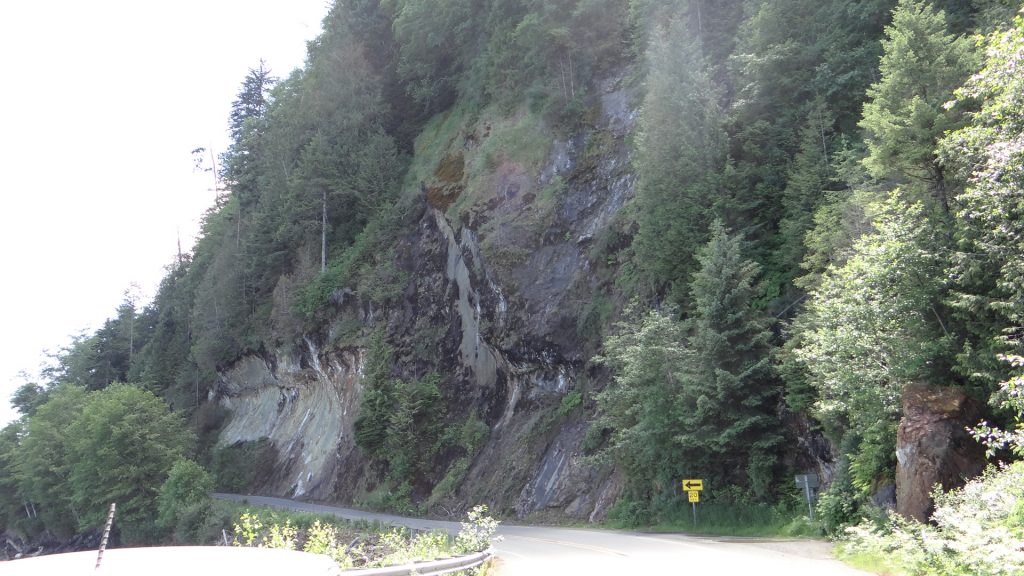
The Makah Indian Museum was really interesting, with most of the artefacts in the museum excavated from an archaeological dig. The site of the dig was a Makah village further down the coast at Ozette that had been completely covered by a mud slide sometime in the last 300-500 years. A bit like Pompeii it was a sudden event, so complete Makah Indian longhouses had been engulfed and the people and cultural artefacts had been frozen in time. It is well worth a visit, but I can only show you external pictures as for some strange reason they wouldn’t allow photographs to be taken inside the museum.
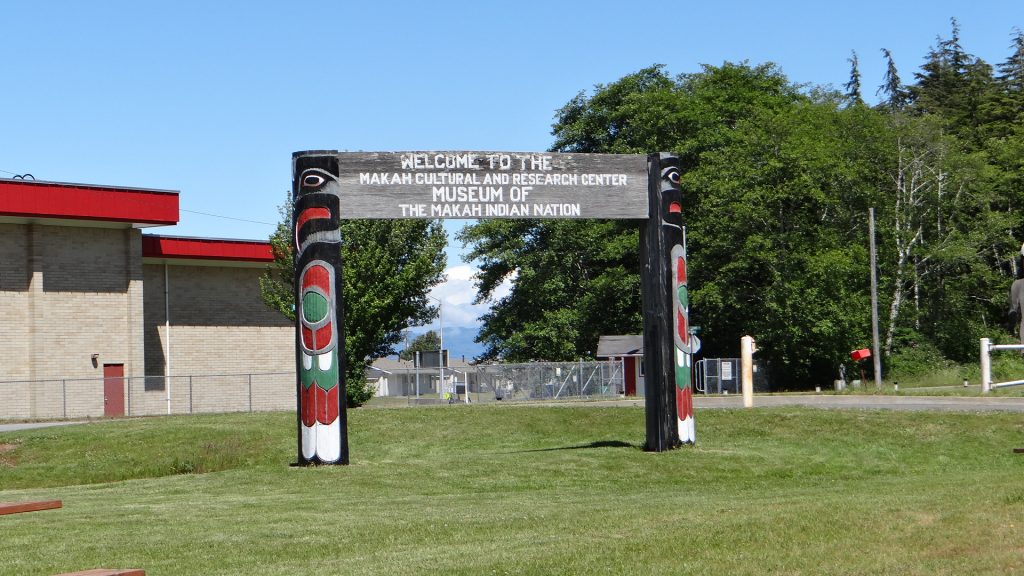
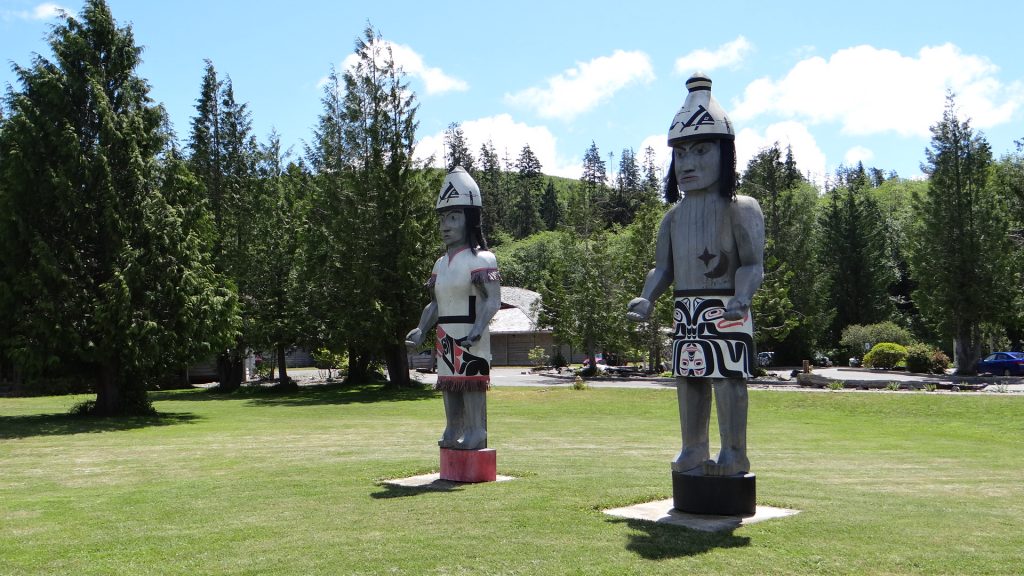

Neah Bay itself was an interesting place, with a small port and some shops.


Next day we had a closer look around Forks, still didn’t discover anything of interest except this (this is going to bore most readers except if you are a train buff!).
There was an example of a very unusual train that was used in the logging industry around this area. It is called The Shay Locomotive and it featured a steam driven, all wheel drive engine that could pull huge loads up very steep inclines and didn’t need steel rails, it could work on wooden rails.
Instead of a normal steam cylinder driving the front wheels like a normal steam engine, the steam was used to drive vertical cylinders which in turn drove universal joints geared onto each axle including the tender, which meant although they ran very slowly the tractive power was immense. It’s a bit like putting a transverse engine into a train.



On our last day in Forks we went back to have another look at Rialto Beach on a beautifully sunny day (which boded well for our upcoming visit to Port Townsend). It was as wild as ever but it was lovely to just sit there and watch the Pacific waves crash onto the beach.

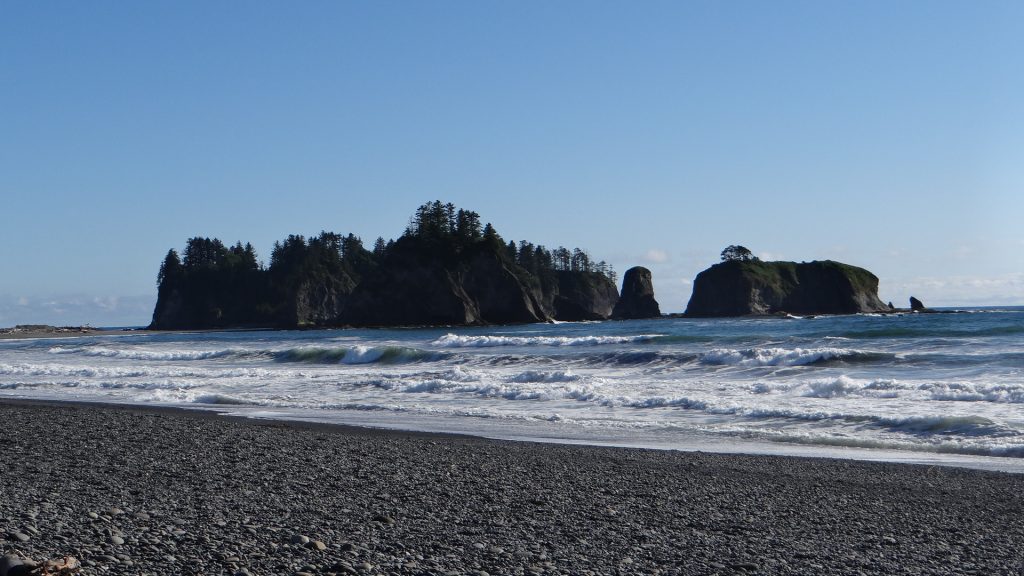
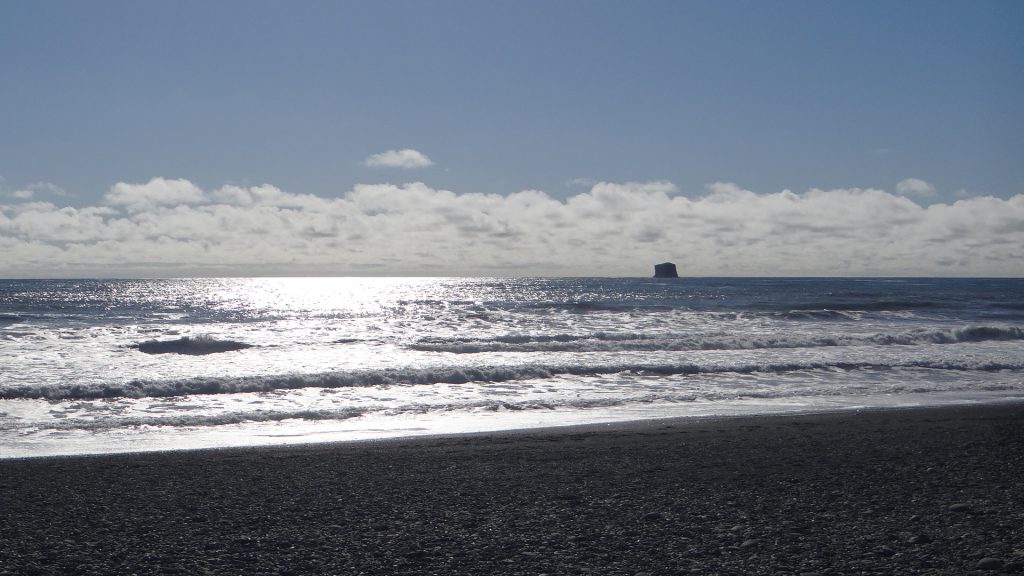
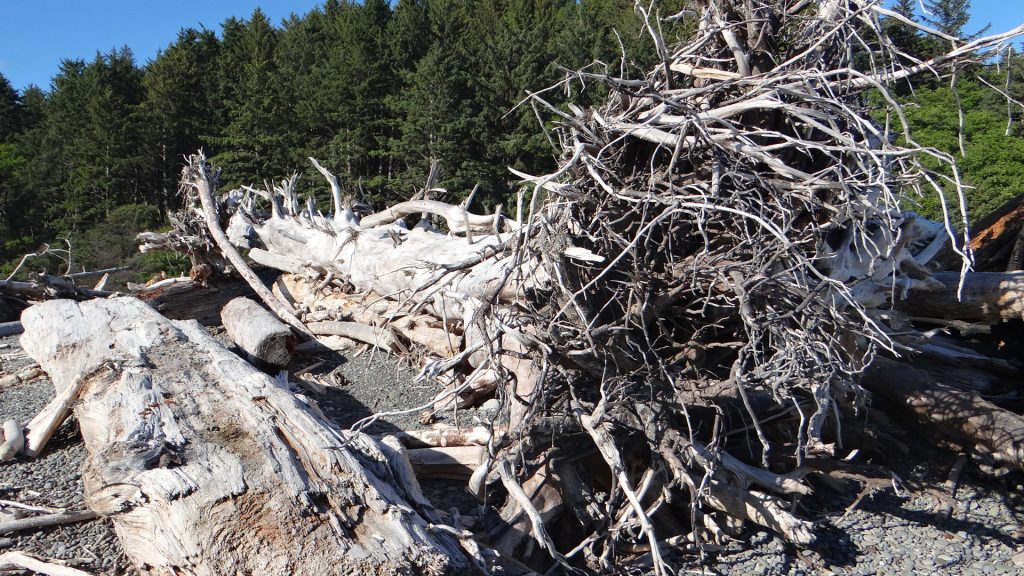
The next day we drove to Port Townsend. More of this in the next post.
